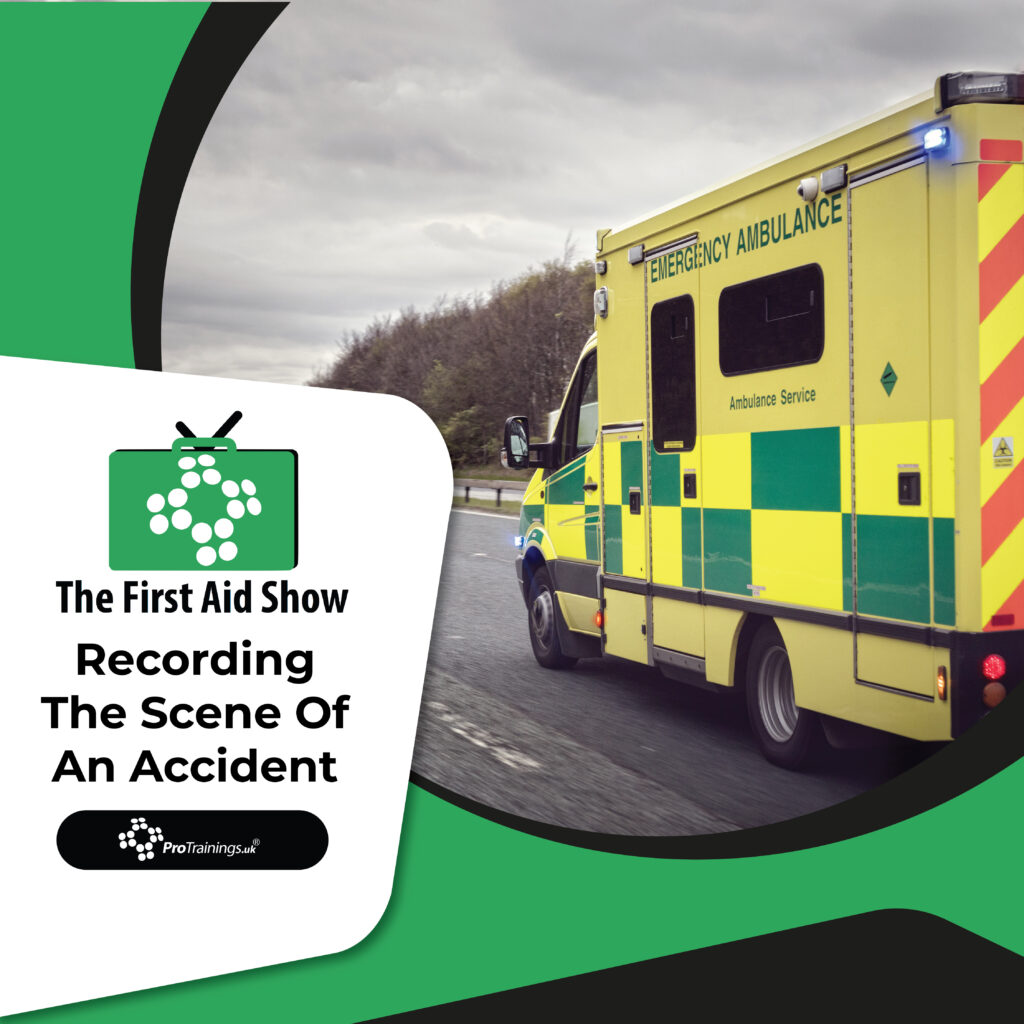Welcome to the First Aid Show: Recording The Scene Of An Accident
In this episode, we delve into the implications of recording accidents and balancing helpful documentation with respecting privacy.
Understanding the Impact of Public Recordings
Today, nearly everyone carries a smartphone, making it common to see bystanders capturing footage at accident scenes. Although these recordings can sometimes offer valuable information, they might also invade the privacy of those involved. We must consider the sensitivity required towards victims and their families, ensuring we do not share such moments irresponsibly, especially on social media.
How EMS Professionals Use Recordings
Unlike public recordings, EMS personnel might take photos for clinical reasons. These images significantly help convey the severity of injuries or the mechanics of the accident to hospital staff effectively during handovers.
- Secure Handling: EMS stores photos within secure applications, ensuring they remain part of confidential patient records and are not misused.
- Focus on Details: EMS recordings may include damaged vehicles, helmets, or other objects to assess the force of the accident and potential injuries.
Medical Documentation of Injuries
Photographic documentation of wounds can be crucial for medical treatment. These images:
- Provide a visual account of the injury without the need to disturb dressings repeatedly, which can increase infection risks or disrupt clotting.
- Are shown during medical handovers to offer a clear picture of initial conditions before treatment.
Recording the scene of an accident serves multiple purposes, from medical to legal. However, it’s crucial to maintain a high level of ethics and privacy protection while handling such sensitive information.


